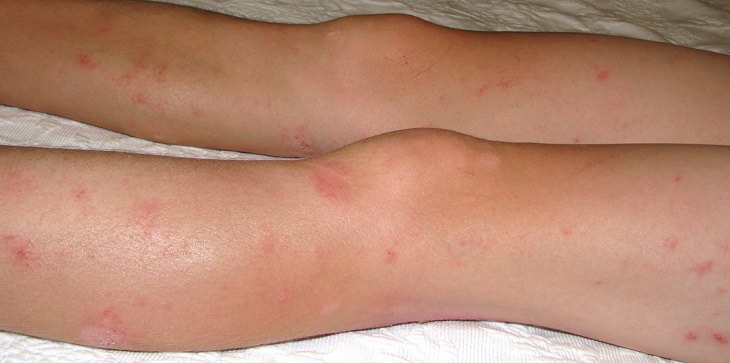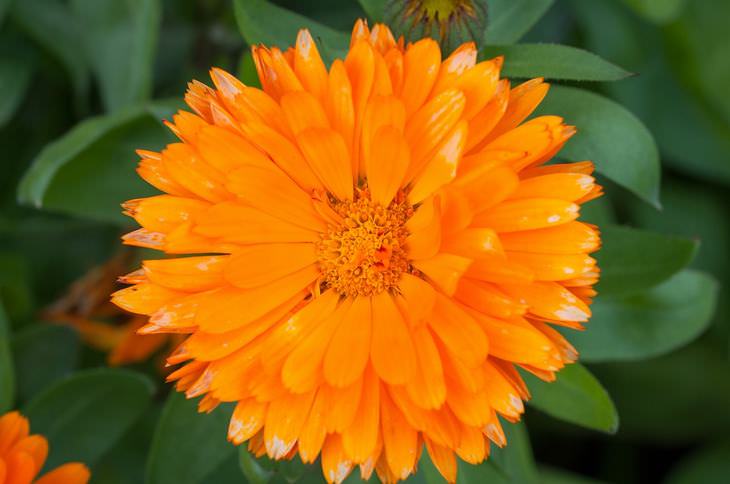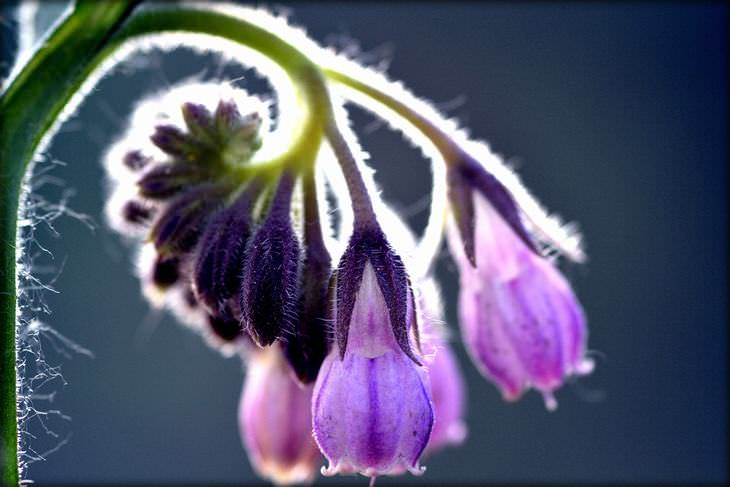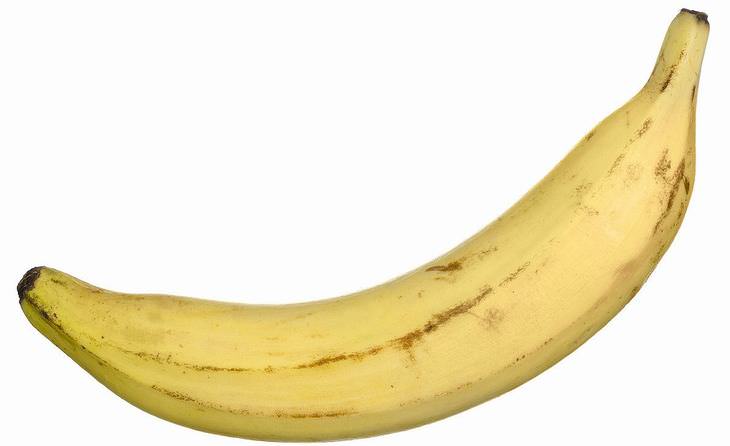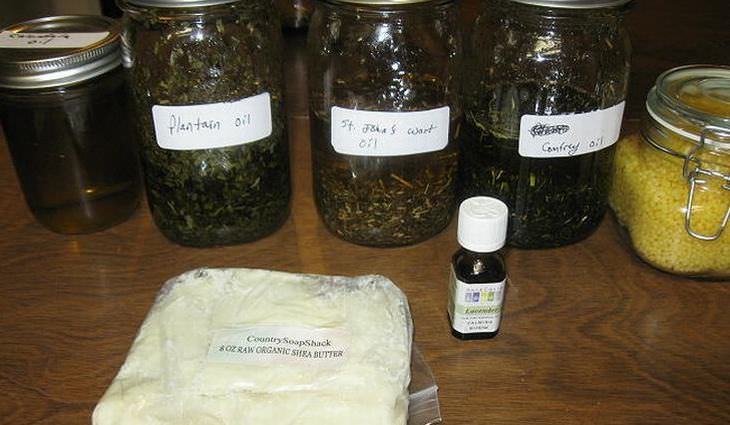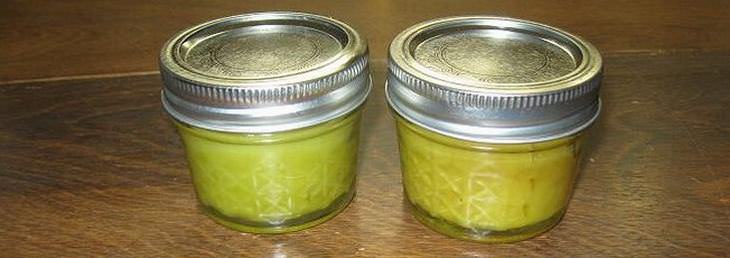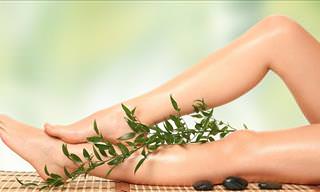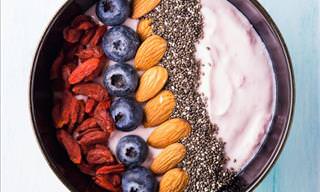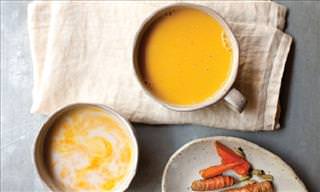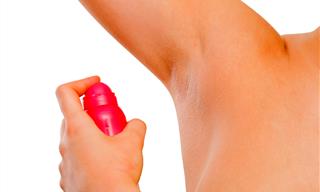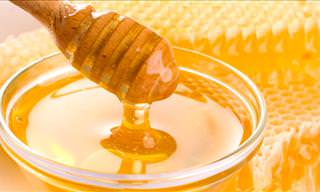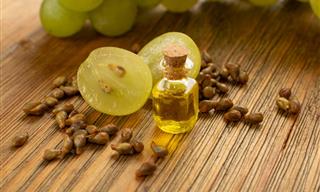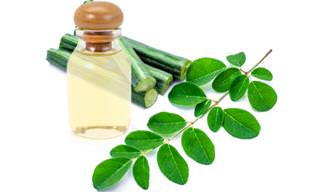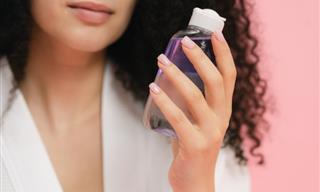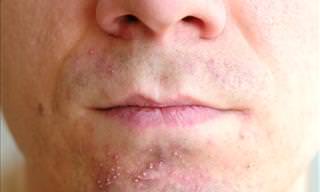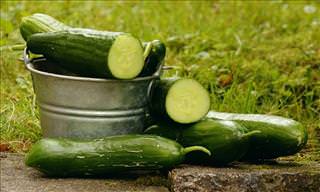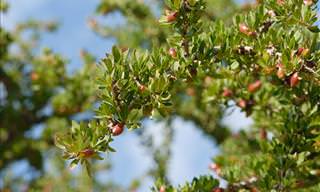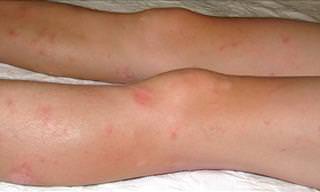Note: This article offers a natural remedy for skin trouble. However, you should consult with a doctor if your eczema continues to cause you problems.
Eczema is a general term used to describe an itchy redness that appears on the skin, particularly of babies. It may affect as much as 30% of the US population. However, eczema most frequently refers to the more common of these skin ailments, atopic dermatitis, a chronic skin condition that many have right through childhood. Here are some things to look for if you want to find out whether you have eczema or not:
- Dry or sensitive skin
- Reddened, or inflamed skin
- Severe or mild itching
- Dark colored patches of skin
- Rough, leathery, or even scaly skin patches
- Oozing or crusting
- Swollen areas
For our purposes, eczema is a good catch-all term to refer to an itchy and inflamed skin condition, which this balm we are making can be applied. The cream is all natural and made up of 4 key herbs which each do something to alleviate the most common types of skin problems we think of when we refer to eczema or psoriasis. The herbs are as follows:
1. Calendula (Marigold)
Marigolds are not only delightful flowers, they are also among the mildest and most moisturizing of herbs that one can find. It can be used to make anything from soaps to shampoo.
2. Comfrey
Comfrey is a much more potent herb, which can help tie bones back together and also is know to heal bruises quickly. It should only be used for topical use and never applied to any open wounds. Unsurprisingly this herb features in a lot of the natural healing products out there on the market today.
3. Plantain
Plantain, which is quite different from a normal sweet banana, can also be used for topical application. The best thing about the plantain is its excellence as an anti-itching solution. It is often used, for example, to treat nasty poison ivy itches.
4. St. John's Wort
Finally, St. John's Wort is a great herb for cooling down inflammations. So, if you've got particularly nasty redness around your problem area, this herb should be sought at all costs.
How to make the oils
First, you need to make the oils, so you'll need a jar for each of the herbs - and a good amount of olive oil to fill each jar with.
1. Put ¼ cup of your herb into each mason jar.
2. Add half a cup of olive oil.
3. Let them steep for 2 weeks, giving the jars a good turn once or twice a week.
4. Make sure the oils are labeled, so you know which is which.
5. After 2 weeks, strain the oils using a wire mesh strainer. You can use a cheesecloth to strain that bit extra, in particular with the comfrey and plantain.
6. Add the oils back to the mason jars.
7. Re-label them for use.
How to make the cream
• 1/4 cup Calendula Oil
• 1/4 cup Plantain Oil
• 1/8 cup St. John's Wort Oil
• 1/8 cup Comfrey Oil
• 1 1/2 tbsp. beeswax pellets or 2 tbsp grated beeswax
• 1/2 teaspoon shea butter (not shea butter lotion)
• 5-10 drops lavender essential oil
• 2, 1/4 Pint Canning Jars
Directions
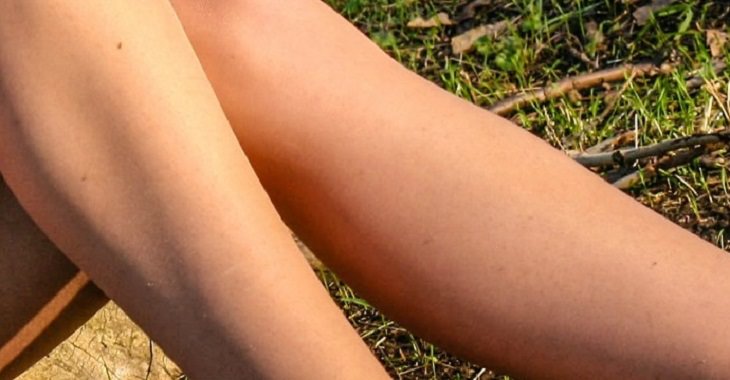 1. Take a double boiler and add the infused oils in with beeswax and the shea butter (you can actually use a large microwave-safe vessel or big Pyrex measuring cup instead if you wish).
1. Take a double boiler and add the infused oils in with beeswax and the shea butter (you can actually use a large microwave-safe vessel or big Pyrex measuring cup instead if you wish).
2. If using a double boiler, heat on a low flame over the stove until you see that the shea butter and beeswax have melted. If using a microwave, cook for 1 minute on high and then add 20 seconds in increments until the wax and butter are melted.
3. Mix your essential oil with a chopstick. Then pour the mixture into the canning jars.
4. Now let it cool down. If the consistency is too hard use the chopstick to remove the crud until the mixture is smooth, rather like Vaseline.Now you can apply your balm to your skin just like any other cream. Rub it in gently and let it work it's magic overnight. Repeat for several days to see the effect.
 Go to BabaMail
Go to BabaMail


